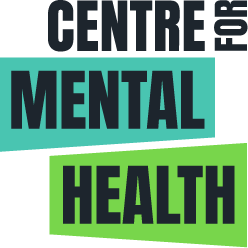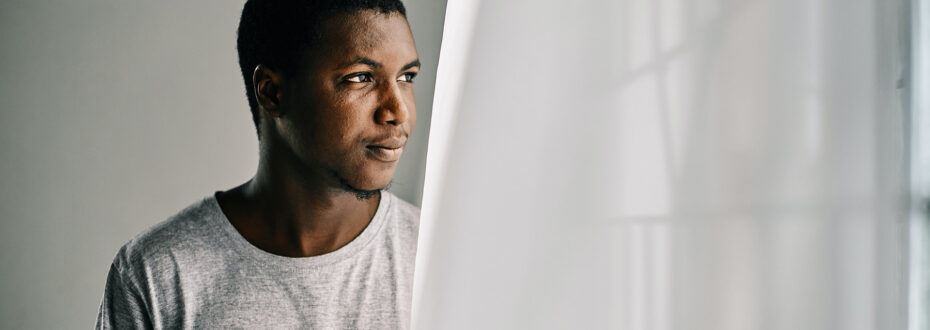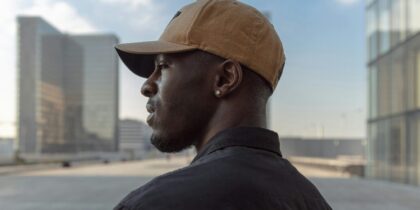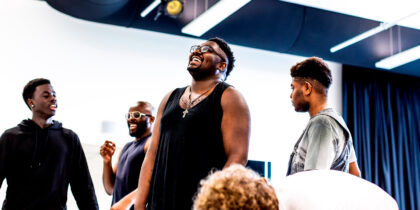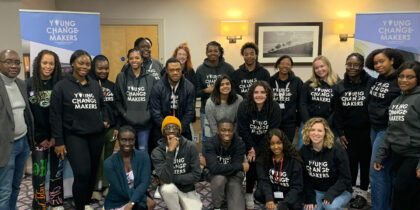By Doreen Joseph
*Content warning: the blog includes a reference to racist language*
On 6 July 2022 we mark 20 years since Centre for Mental Health published the ‘Breaking the circles of fear’ review. Has anything changed? The review revealed that fear stopped Black people from using mental health services when they needed it; and conversely, fear stemming from the stereotypical perception of Black men being ‘mad, bad and dangerous’ prevented professionals engaging with them in humane ways, hence they are overrepresented in diagnosis of schizophrenia, heavy medication, longer detention and even deaths in custody. What I wanted to know was, has anything changed? Is it true that Black people only seek help only when their health has seriously deteriorated? And what still needs to be done to break these circles of fear?
Black peoples’ fear of dying in services is justified when so many have died, instead of being protected or cared for. The family of Sean Rigg (who lived with schizophrenia and died in police custody in August 2008) compiled a list of names of Black people who had died in custody during 1969-2011: 3,180 in the UK. They had died in police custody, prisons, mental health institutions or immigration detention centres. Olaseni Lewis died under police restraint in Bethlem hospital in 2010; and Seni’s Law (against prone restraint) is only just coming into place, as the 2018 Use of Force Act. Change is slow or not happening at all.
From my lived experience and that of other service users and carers, we know that it isn’t necessarily the case that Black people seek help only at the last moment. We have been frustrated by professionals ignoring or dismissing our early attempts to get help, and then when we’ve been left to deteriorate to the severest state, we find that heavy handed police intervene to get us sectioned and detained!
I asked Professor Frank Keating (of the original review) what his latest research found. He said what had changed was the threshold, which had been raised before someone could attract attention. A person had to be severely mentally distressed before professionals would admit them to hospital, and once there, be sectioned and detained for longer. This meant if Black people were to seek help earlier on they wouldn’t get it.
Also the number of Black people put on Community Treatment Orders (CTOs) for mental health treatment in the community is disproportionately higher than for white people, as noted by former Prime Minister Theresa May in 2017. The Black community knew this would happen when CTOs were introduced in 2008/2009, as they are targeted under systemic racism. ‘Unconscious bias’ is claimed to excuse white peoples’ treatment of Black people, but I would contend that for some it is deliberate, conscious bias that negatively impacts Black people!
As far as I’m concerned, cynically, It’s part of the ‘invisibilising’ of Black people that was first decreed by 16th century Queen Elizabeth I who wanted to ‘get these ne’ars out of her realme’!. Taking Black people off the streets and incarcerating them in prisons, mental health institutions and various other places is playing out her wish, even to recent scandalous deportations. The Government has resisted the demands of the UN Convention on the Rights of Persons with Disabilities (UNCRPD) to deliver humane treatment to people suffering mental distress. Therefore restrictive practices like restraint in deadly prone (face down) position, electro-convulsive therapy (ECT) and deprivation of liberty through Mental Health Act detentions, still continue to this day.
In a climate where blatant racism is re-emerging, it becomes even more important, yes, even imperative, that campaigns and actions to uphold justice and basic human rights are vigorously promoted by both Black people and their allies. 20 years on, the review is still relevant, and urges definitive and radical action to ‘break these circles of fear’, so that true equality, diversity and inclusion can be achieved. This requires compassion and humanity, and even, dare I say it, a spiritual dimension – where people in mental distress can be valued and treated as human beings with rights, who can be completely restored in mind, body and soul.
